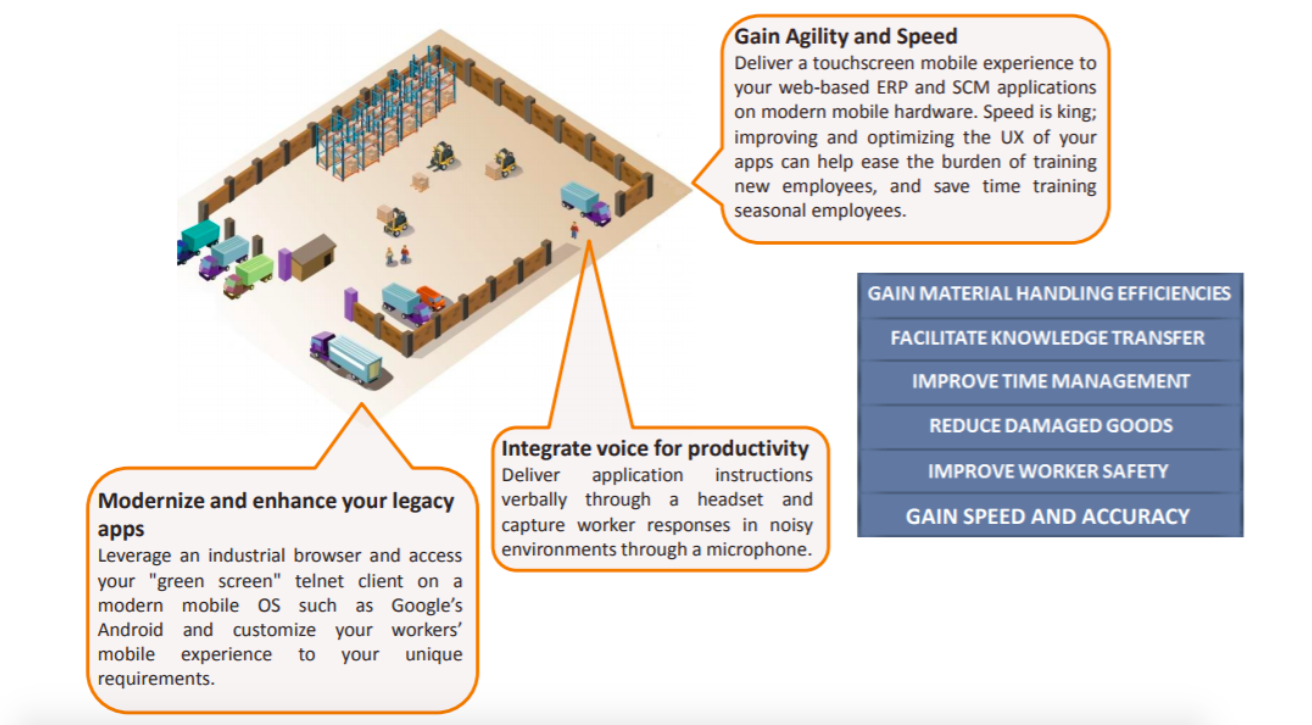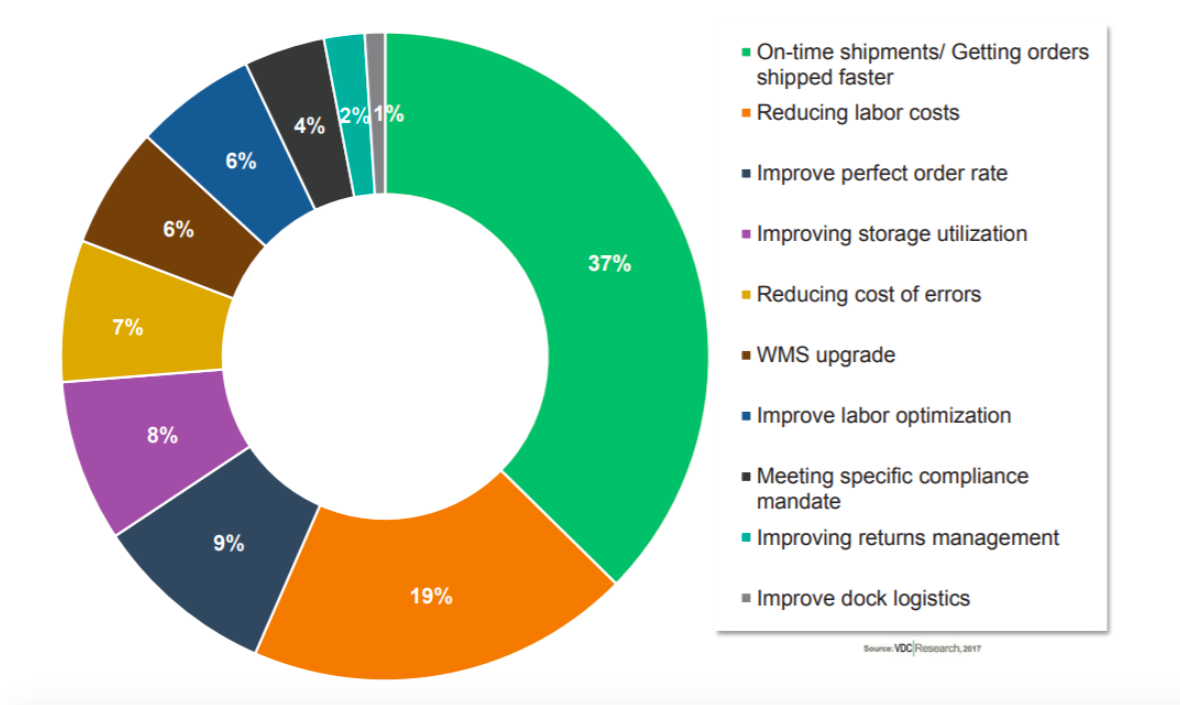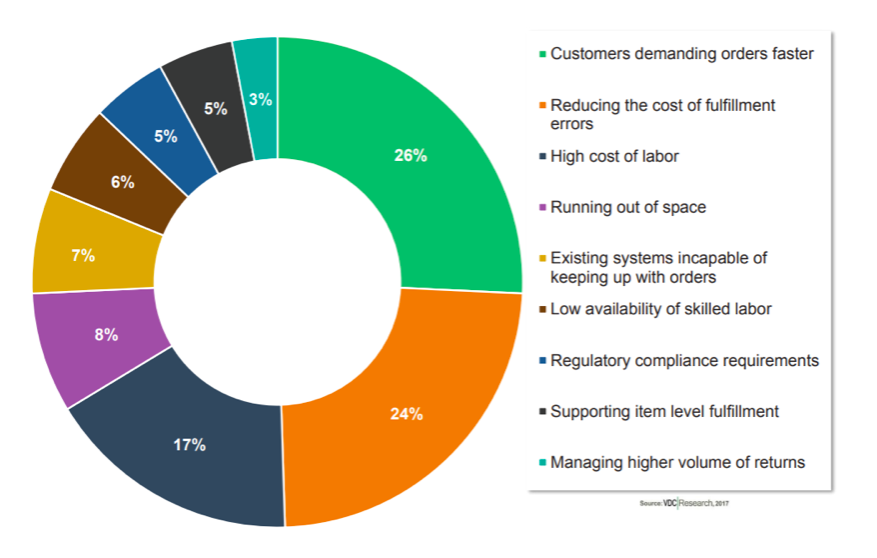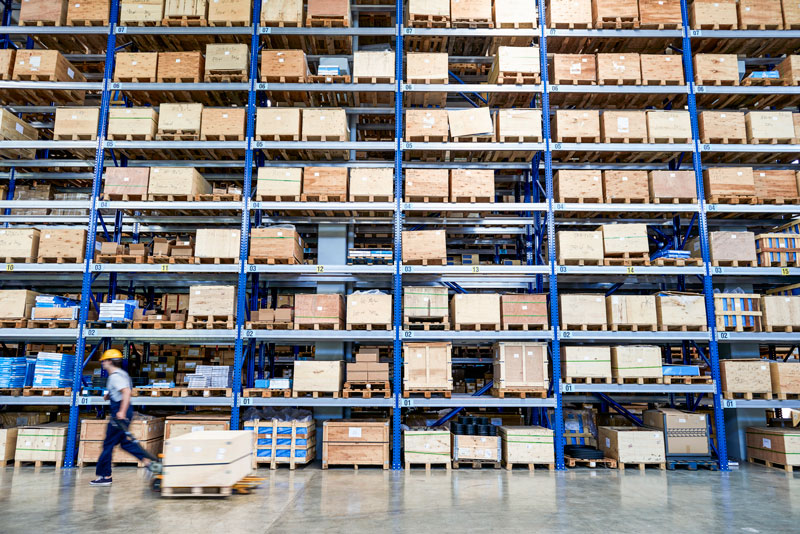Industrial Browsers to the Rescue!
How Browsers Can Ease the Transition to Modern Mobile Platforms
While planning for the end of life of the aforementioned legacy Microsoft platforms is likely underway, there are commercially viable solutions that can help ease the transition to modern mobile platforms. Industrial browsers have been architected to incorporate critical data-capture technologies that are critical to the infrastructure and workflows in warehouse environments. When considering that many of the aforementioned legacy Windows applications are terminal screens, using an industrial browser is a logical means of porting legacy applications to modern mobile platforms; not only do these solutions support for custom keyboards and the hardware interfaces that are a necessity in warehouse operations (e.g., barcode scanning, signature capture, and RFID) they offer an opportunity to alleviate the pain of rewriting legacy applications, and will dramatically simplify the transition to new mobile platforms.
Bringing existing terminal emulation, telnet, and web applications to modern mobile platforms is inevitable. Industrial browser solutions can make modernizing host applications seamless, as they are able to automatically convert a host application’s text interface and deliver the modern touchscreen experience that a growing segment of your workforces is beginning to expect. Furthermore, these solutions have been designed to be customized so that onscreen keypads are intuitive; they also provide future-proof functionality, by enabling administrators the ability to deliver new enhancements that can speed business-critical workflows. The image below details the mobile modernization opportunities available that are available in warehouse deployment environments.

(Capitalizing With Mobile Technologies in Warehouse Deployments)
Modern mobile solutions offer opportunities to gain agility and speed, and can help in evolving warehouse professionals move away from processes that are governed by manual labor and paper-based tracking to one in which technology plays a vital role in better utilization of available resources and growing space restrictions. For large consumer goods retailers such as Target, Stop & Shop, Sobey’s, TJX, and Walmart, today’s business challenges leave them with no choice but to invest heavily in automation for their warehouse and supply chain operations. Efficiency in inbound/ outbound handling, storage, inventory control as well as “pick and fill” is critical to these organizations; slow and inaccurate receiving, sortation and put-away is not an option.
Deployments of handhelds, wearables, scanners and other multi-modal devices have without question delivered productivity gains; but our research shows that the application environment in warehouse operations has been static for many years, with companies continuing to rely heavily on computer terminals with batch connectivity and legacy software to manage their operations, —even the basics of pen and paper. Innovative mobile solutions offer the opportunity to leverage your present IT infrastructure and gain access to your legacy systems, such as “green screen” telnet clients, on a modern mobile platform. New mobile platforms will be required as our workforce ages, and new entrants to the workforce will begin to expect modern mobile solutions.
Organizations in the warehouse and logistics industry face significant pressures to improve their warehouse performance; the image above shows the areas which represent the primary initiatives heading into 2018.

(Primary Warehouse Improvement Initiatives for 2018 – Percent of Respondents)
VDC’s data shows that the need for speed is unmistakable, and has warehouse professionals pursuing technologies that can help speepd fulfillment and reverse logistics functions. The right technologies offer opportunities for efficiency gains across the spectrum of daily warehousing workflows including: inbound handling, storage and inventory control, pick and fill and outbound handling. These tasks have traditionally been performed in isolation, using separate teams for each function. Our research shows that warehouse professionals have begun to put processes in place to consolidate © 2017 VDC Research Group, Inc. 8 many of these processes through task interleaving whereby activities are integrated across several processes; this has opened up an opportunity for increased efficiency and improved productivity. The above graph details the leading pressures that are driving investments in mobile warehousing solutions.

(Leading Pressures Driving Investments in Mobile Warehousing Solutions – Percent of Respondents)
Read VDC Research’s full report on Taking Advantage of Apps and App Modernization in Warehousing.
